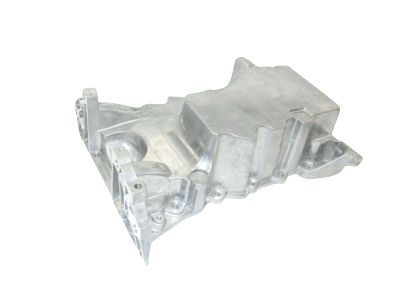FordParts
My Garage
My Account
Cart
OEM 2009 Lincoln MKS Oil Pan
Oil Drain Pan- Select Vehicle by Model
- Select Vehicle by VIN
Select Vehicle by Model
orMake
Model
Year
Select Vehicle by VIN
For the most accurate results, select vehicle by your VIN (Vehicle Identification Number).
1 Oil Pan found

2009 Lincoln MKS Oil Pan Part Number: 7T4Z-6675-A
$130.68 MSRP: $201.67You Save: $70.99 (36%)Ships in 1-3 Business DaysProduct Specifications- Other Name: Pan Assembly - Engine Oil; Engine Oil Pan
- Manufacturer Note: Use RTV Silicone Sealer In Place Of Gasket For This Application. Refer To Workshop Manual For Specification
- Base No.: 6675
- Item Weight: 15.00 Pounds
- Item Dimensions: 7.7 x 21.3 x 16.6 inches
- Condition: New
- Fitment Type: Direct Replacement
- SKU: 7T4Z-6675-A
- Warranty: This genuine part is guaranteed by Ford's factory warranty.
2009 Lincoln MKS Oil Pan
If you're seeking quality and affordability, look no further than our extensive inventory of genuine 2009 Lincoln MKS Oil Pan available at FordPartsDeal.com. You can confidently purchase our OEM 2009 Lincoln MKS Oil Pan as they are supported by the manufacturer's warranty and our hassle-free return policy, alongside the benefit of our fast delivery service.
2009 Lincoln MKS Oil Pan Parts Q&A
- Q: How to service and repair the oil pan on 2009 Lincoln MKS?A: In order to fix the oil pan, one has to take out the engine making sure that it is clean. Disassemble a number of parts, such as the intake manifold and valve covers. Drain coolant, looseen bolts of front cover and oil pan, clean surfaces. Apply silicone remover to gasket material, metal surface prep, and place dowel pins in place.














